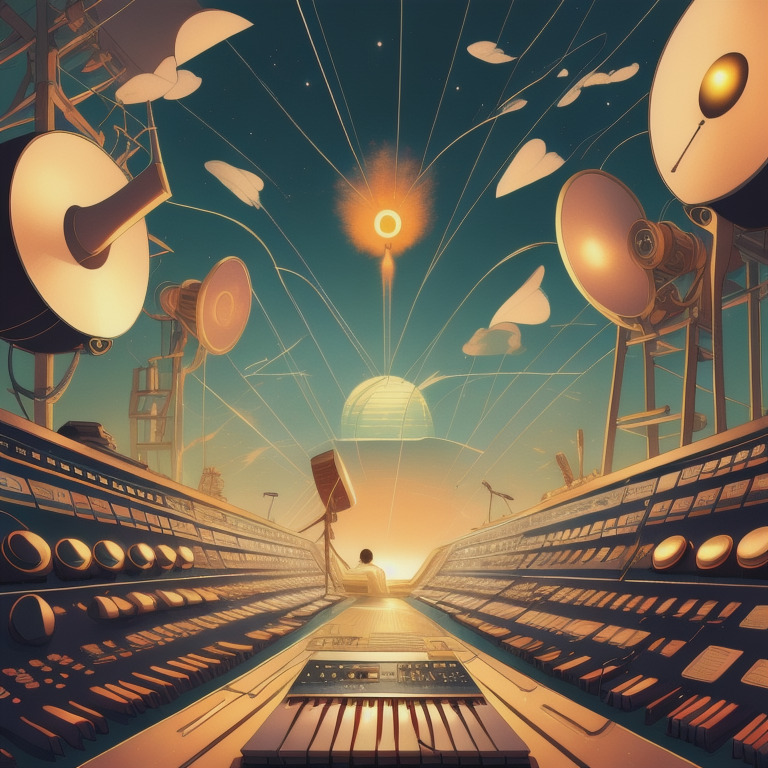Welcome, fellow music enthusiasts and creators, to a captivating exploration of one of the most intriguing aspects of modern music production: sampling. In this post, we’ll embark on a journey through the art of sampling, a technique that has revolutionized the way we create, experience, and connect with music. From its humble beginnings to its current influential status, we’ll uncover the magic and creative alchemy that happens when artists breathe new life into existing sounds.
The Origins of Sampling
Sampling, as a concept, traces its roots back to the 1940s, where experimental musicians first explored the possibilities of manipulating recorded sounds. Early pioneers such as Pierre Schaeffer and Karlheinz Stockhausen paved the way for this revolutionary technique, which would later become a cornerstone of contemporary music production. Fast forward to the late 1970s and early 1980s, the emergence of hip-hop and electronic music genres brought sampling to the forefront, propelling it into mainstream culture.
Unleashing Creative Boundaries
At its core, sampling is a medium of expression that transcends genres and unlocks a world of creative possibilities. It allows artists to reimagine, deconstruct, and reconstruct sonic fragments into entirely new compositions. From a simple vocal snippet to an iconic guitar riff, every sampled element becomes a raw material for artistic experimentation.
Beyond the legal and ethical debates that often surround sampling, it serves as a tribute to the musical heritage of our past. By incorporating familiar sounds into fresh contexts, artists pay homage to their influences, bridging the gap between generations and styles.
The Evolution of Sampling Technology
Advancements in music technology have played a pivotal role in the evolution of sampling. Early samplers required hours of manual manipulation to achieve desired effects, but today, digital audio workstations (DAWs) and dedicated hardware samplers offer unparalleled ease and precision. Sample libraries and online databases grant access to a vast array of sounds from around the globe, democratizing the sampling process for aspiring creators.
The Impact on Music and Culture
Sampling has significantly shaped the music landscape, fostering innovation and hybridization across genres. Hip-hop, in particular, owes much of its identity to sampling, as artists like DJ Premier, J Dilla, and Madlib elevated the art form to new heights. Even in pop music, subtle samples can add nostalgic touches or unexpected twists that resonate with a diverse audience.
Moreover, sampling has become a bridge between cultures and a means of preserving musical heritage. From world music to classical compositions, artists have integrated diverse elements into their work, fostering a global appreciation for rich cultural tapestries.
The Ecstatic Corpse Process
As an electronic musician and producer, I’ve personally experienced the profound impact of sampling in my artistic journey. I find inspiration in a myriad of sources, from vintage vinyl records to field recordings captured during my travels. Sampling provides a canvas for me to blend these fragments, sculpting unique sonic landscapes that tell stories beyond words.
Sampling is a powerful testament to the transformative nature of music. It’s a gateway to reimagining the past, bridging musical traditions, and breathing new life into the present. As we continue to explore the art of sampling, let’s celebrate the artistic alchemy that occurs when sounds converge, pushing the boundaries of creativity and leaving an indelible mark on the ever-evolving musical tapestry of humanity. So, fellow creators, let’s embrace the magic of sampling and unleash our imagination as we pioneer the future of music together. 🎵✨
